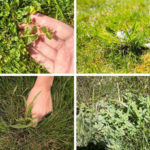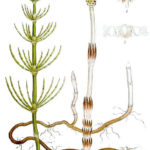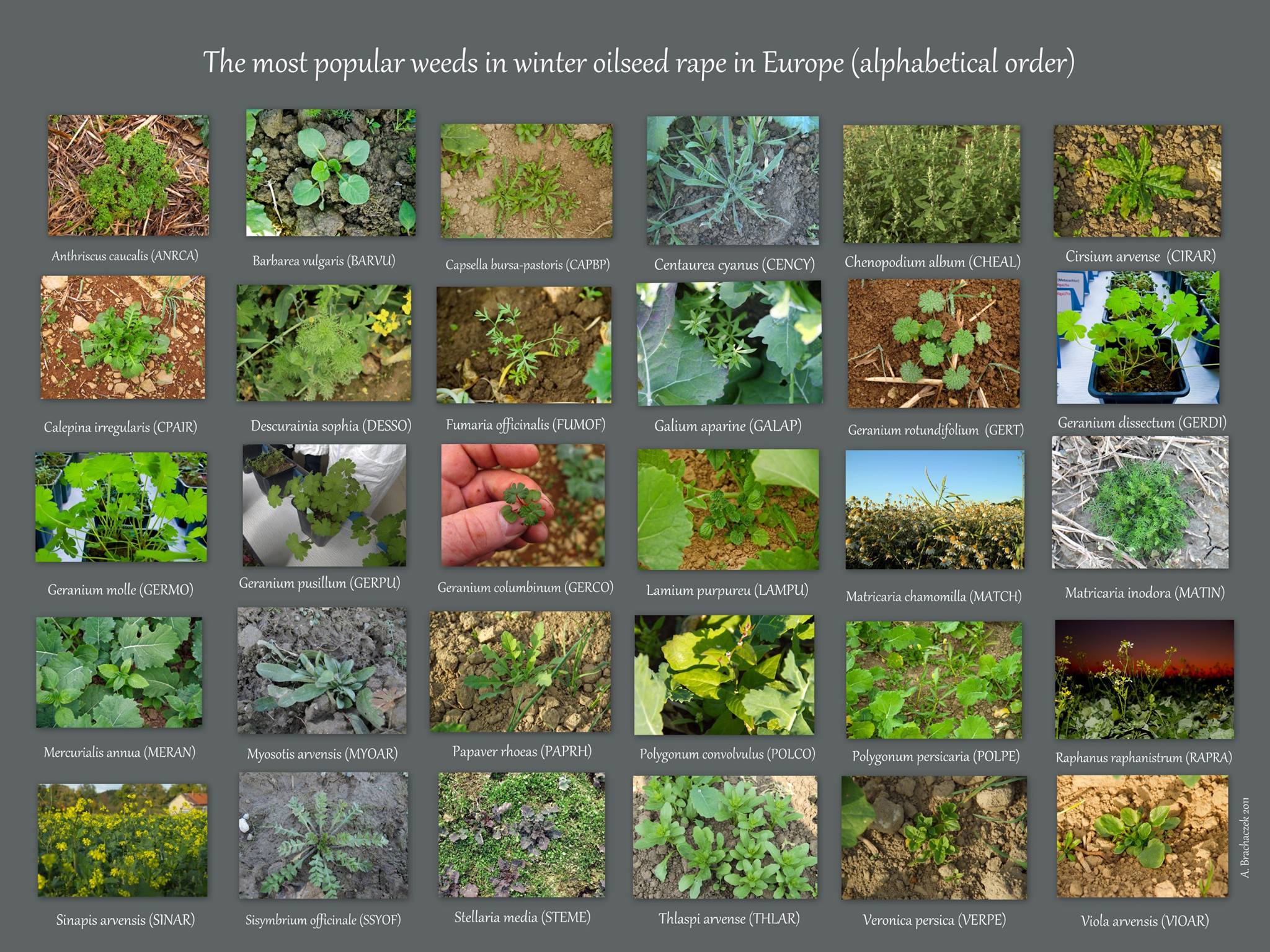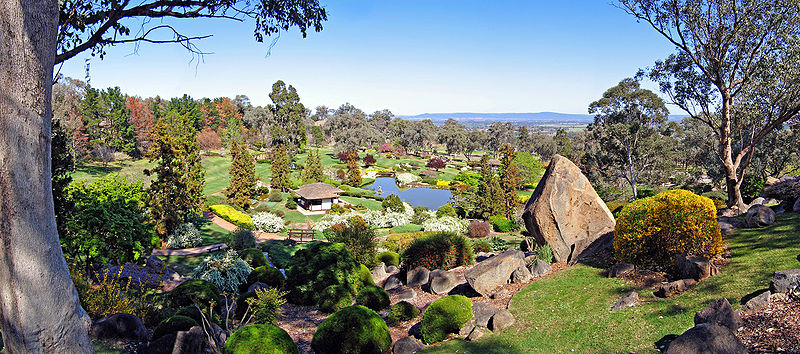 Rdestowiec japoński
Rdestowiec japoński
Rdestowiec japoński, zwany także ostrokończystym (Fallopia japonica syn. Polygonum cuspidatum), w naszych ogrodach staje się coraz powszechniejszym chwastem. Roślina jest do tego stopnia ekspansywna, że np. w Wielkiej Brytanii ustanowiono specjalne przepisy dotyczące jej likwidacji, a nowy projekt zakłada sprowadzenie z Dalekiego Wschodu naturalnych wrogów rośliny – specyficznych wyłącznie dla rdestowca owadów i grzybów. Także polskie ministerstwo ochrony środowiska rozpoczęło przygotowania specjalnego projektu ustawy. Choć prace nad projektem przerwano, na obszarach chronionych wprowadza się specjalne programy walki z tym szczególnie inwazyjnym chwastem. Bój jest niezwykle trudny. Wystarczy powiedzieć, że roślina odradza się z pozostawionego w glebie fragmentu o wadze 0,2 g. Pokrywanie ziemi folią czy agrowłókniną także niewiele daje. Kłącza jednej rośliny penetrują obszar na 7 m w poziomie i 2 m w głąb ziemi. Rdestowiec bardzo szybko pojawia się zatem w innych częściach ogrodu. Znane są nawet przypadki, kiedy przez szczeliny w murze rdestowiec przedostawał się do wnętrza budynku.
To wszystko sprawia, że kontrola rozprzestrzeniania rdestowca japońskiego bez stosowania herbicydów jest niezwykle trudna. Możemy jednak znacznie osłabić wzrost tej rośliny, przycinając pędy nad strefą przejściową między łodygą a korzeniem. Odcięte pędy składamy na folii i suszymy, a kiedy całkowicie wyschną, możemy je spalić lub przenieść do kompostownika. W kompostowniku nie składujemy wyrwanych pędów, ponieważ mogą zawierać fragmenty korzenia lub kłącza.
Jeśli decydujemy się na użycie herbicydu, odpowiednie będą preparaty zawierające glifosat, które najlepiej stosować późnym latem i jesienią. Systemiczny środek chwastobójczy zostanie wchłonięty przez roślinę i dotrze do systemu korzeniowego, w którym wywoła największe spustoszenie.
Nie łudźmy się jednak. Walka z chwastem, który osiąga wysokość 2,5 m nie jest prostą sprawą. Na wiosnę znów pojawią się nowe pędy i kiedy podrosną na niespełna 1 m, oprysk powtarzamy. Rdestowiec wprawdzie odbije, tym razem jednak pędy powinny być słabsze. Kolejny raz opryskujemy późnym latem lub jesienią. Musimy przygotować się na to że cykliczne opryski będziemy stosować przez trzy do pięciu lat.







